Giant board games and more at Asian Civilisations Museum's 'playable' exhibit on Asian games
Asian Civilisations Museum opens Let’s Play! on Sep 5, showcasing over 150 artefacts and life-size games. Visitors can challenge robots or explore the history of chess, weiqi, and mahjong.

Let’s Play! The Art and Design of Asian Games is a “playable” exhibition at the Asian Civilisations Museum, featuring life-size board games and tracing the origins of classic Asian games. (Photo: Asian Civilisations Museum)

This audio is generated by an AI tool.
Did you know mahjong started with cards? Or that chess began in India as a war game? A new exhibition at the Asian Civilisations Museum (ACM) looks at the origins of some familiar games across Asia – and you can even have fun exploring these at a "playable" exhibition.
Let’s Play! The Art And Design Of Asian Games opens on Sep 5 and features more than 150 works ranging from historical artefacts to newly commissioned pieces by contemporary designers. Other games featured include chess, chaupar, weiqi, xiangqi, shogi and carrom.
Aside from looking at their history, the show also shows how they've been reinvented for modern audiences. There are also communal play spaces where visitors can enjoy classic board games and locally designed titles, alongside digital interactives.
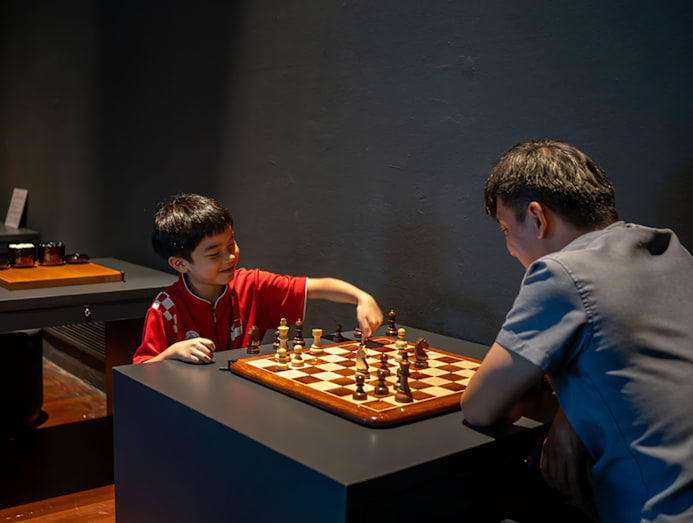
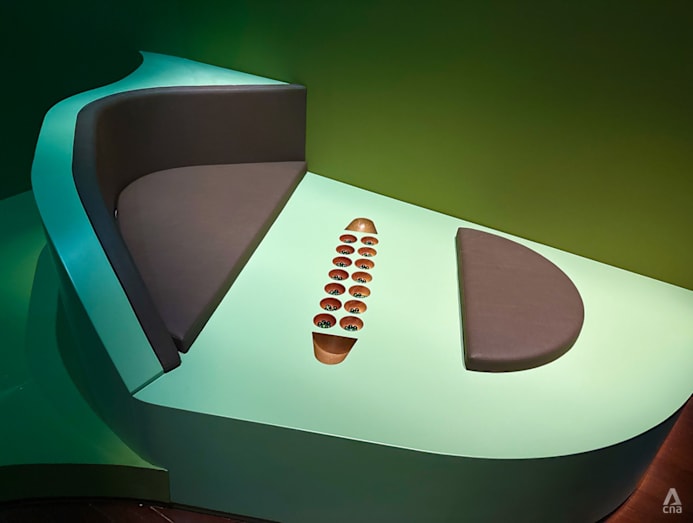
ACM worked with local schools and communities such as the Singapore Xiangqi General Association (SIXGA) and the Singapore Weiqi Association to bring its playable elements to life.
“We’re deeply grateful to the schools, community partners, and local game organisations whose support brings the exhibition’s playable elements and sense of community to life. We hope that Let’s Play! fosters cultural exchanges in the region, and shows how games with long, rich histories remain alive and meaningful today," said Clement Onn, director of ACM and Peranakan Museum.
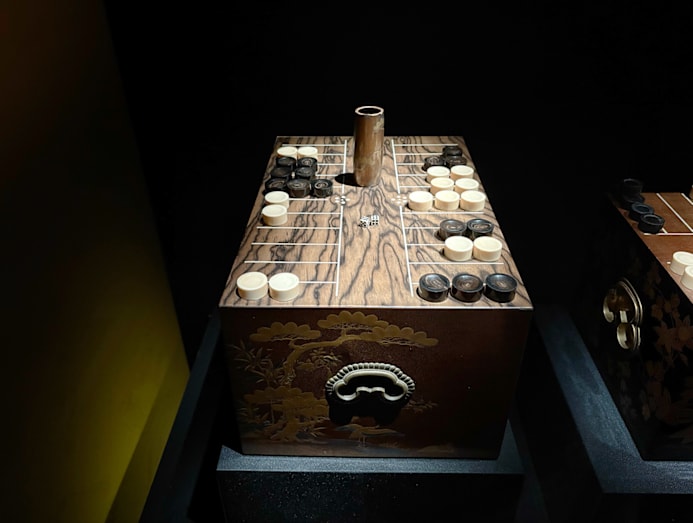
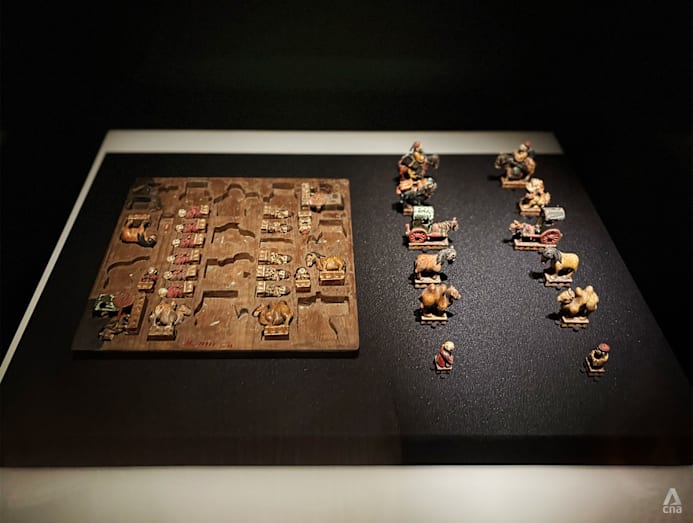
PLAY ACROSS CULTURES
The exhibition has five themed areas, showing how the games were created before travelling across regions and evolving over time.
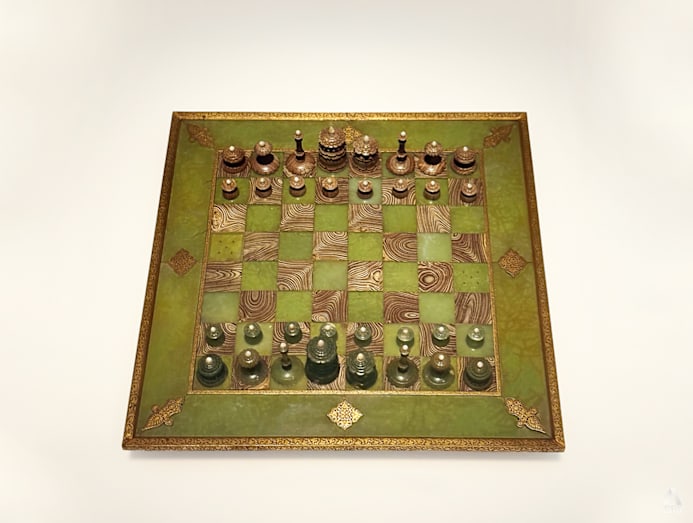
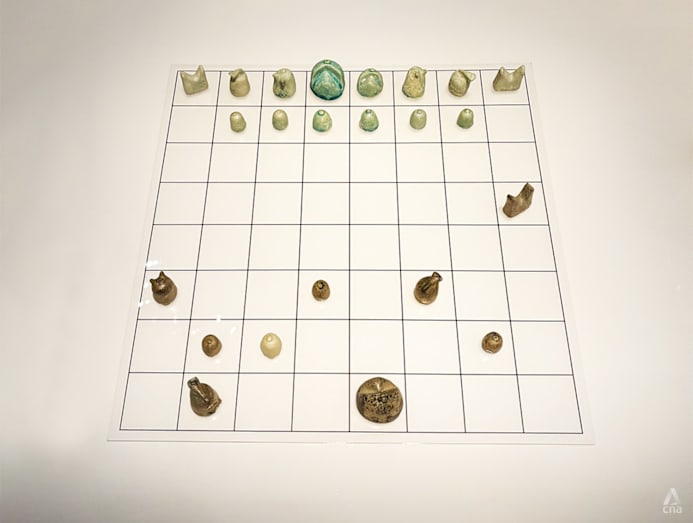
Chess, for example, began in India as chaturanga, a war game named after the army’s four divisions – infantry, cavalry, elephants and chariots – which evolved into the pawn, knight, bishop and rook.
By the 7th century it had spread to Persia, where terms like shah (king) and shah mat (“the king is helpless”) gave us “check” and “checkmate.” From there, the game travelled widely, adapting to each culture. Major changes in Europe during the 15th and 16th centuries produced modern chess, while variants such as xiangqi, shogi and ouk chatrang developed across Asia.
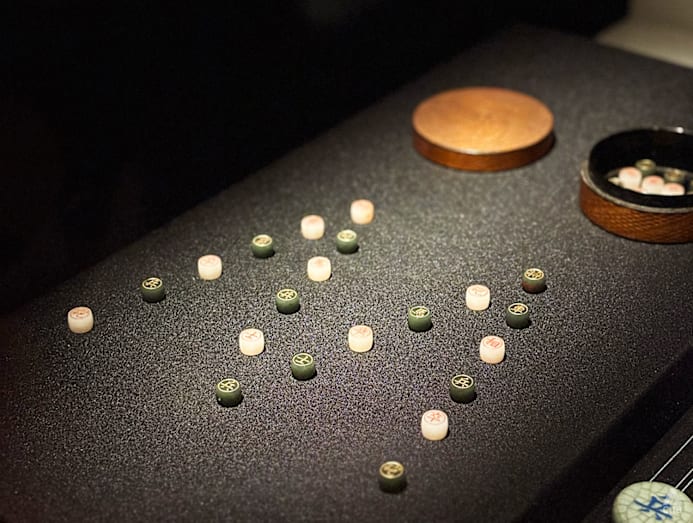
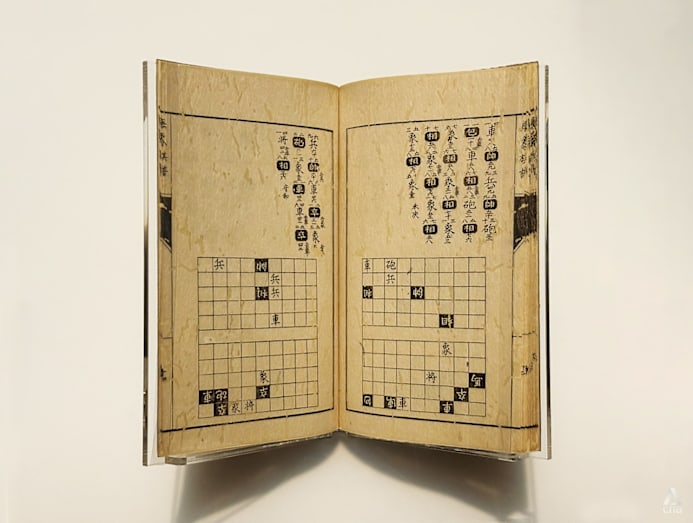
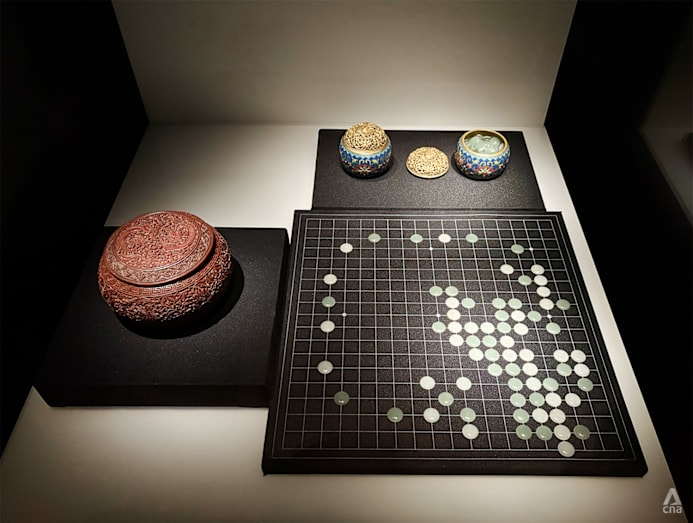
Meanwhile, weiqi and xiangqi were once regarded as tools for cultivating patience and foresight – virtues prized by rulers and scholars. Today, they are recognised as “mind sports,” supported locally by associations such as the Singapore Chess Federation.
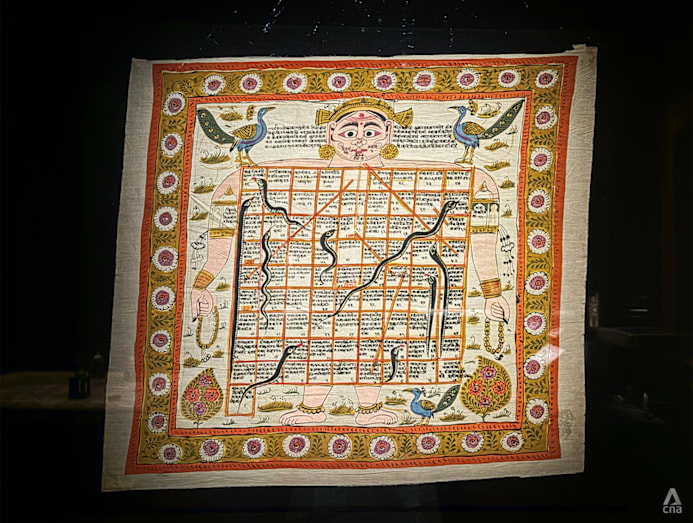
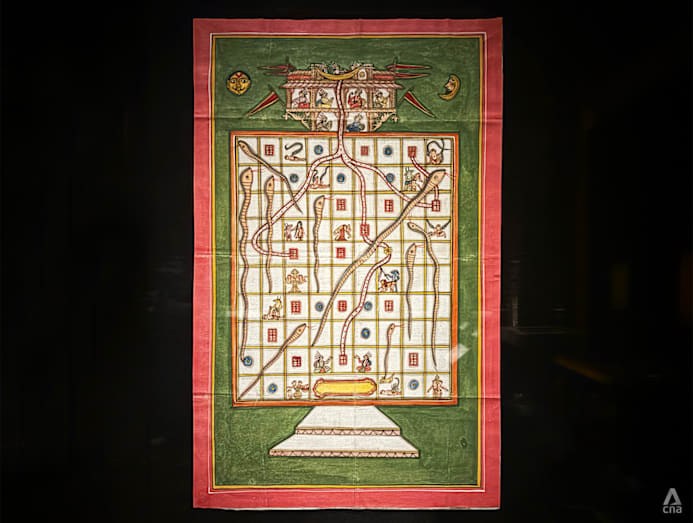
The exhibition also reveals how games often carried moral or spiritual lessons. Gyan chaupar, created in India by Jain communities, was the original Snakes And Ladders. Its ladders represented virtues such as truth and generosity, while snakes stood for vices like pride and anger – turning a simple race game into a lesson on life.
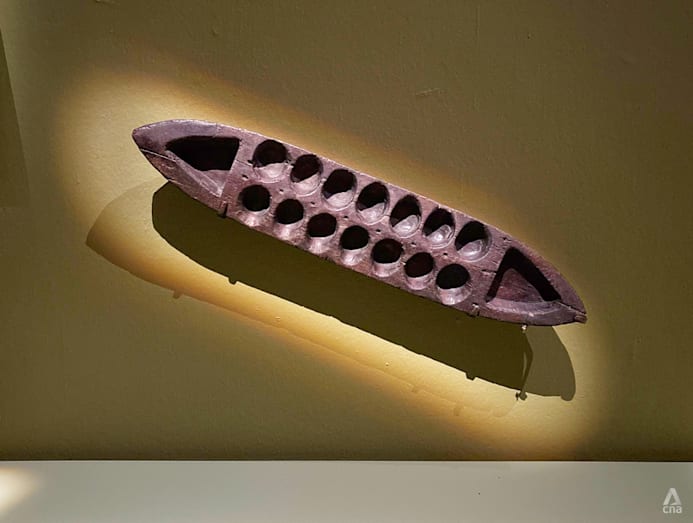
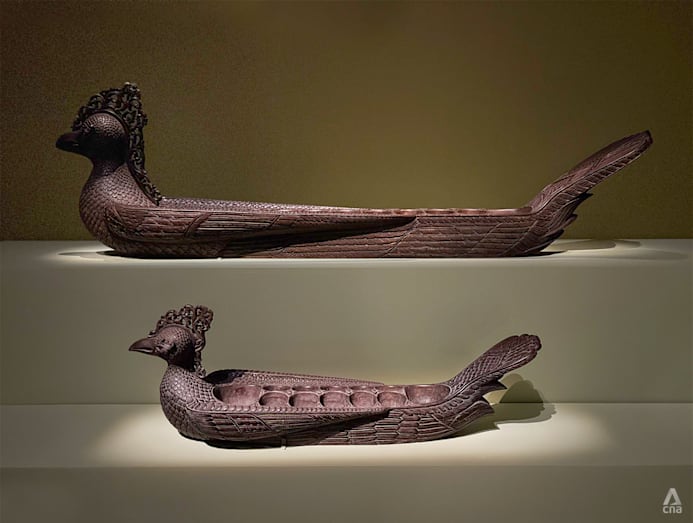
Another example is congkak, where players move seeds, stones or shells across carved rows of holes to capture the most pieces. Beyond being a pastime, it symbolised life’s passage: The act of “sowing” counters was seen as a metaphor for time and cycles of existence. In some traditions, variants of the game were tied to rituals – in eastern Indonesia, it is played at funerary vigils to guide the souls of the dead, echoing practices in the Maldives and Madagascar.
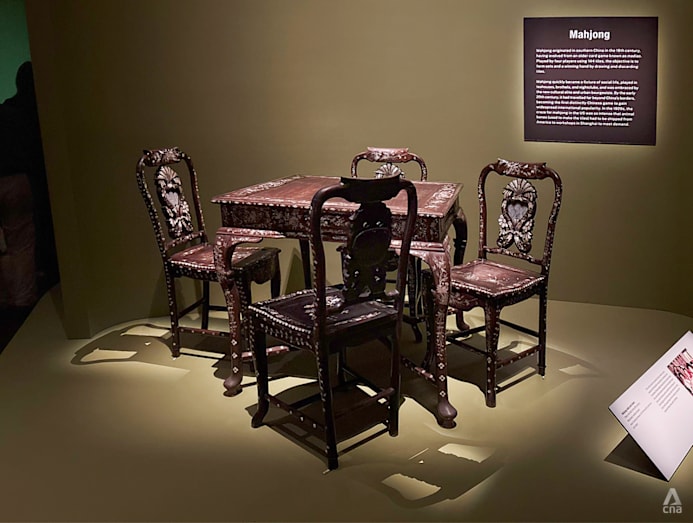
There are also games that adapted to new cultural contexts, such as mahjong – a familiar favourite in Singapore. Developed in 19th-century southern China from the card game madiao, it quickly became a fixture of urban social life, played in teahouses, brothels and nightclubs.
By the early 20th century, the game had spread internationally and evolved in new ways. In the 1920s, the craze in the United States was so intense that animal bones – used to make the tiles – were shipped from America to workshops in Shanghai to meet demand.
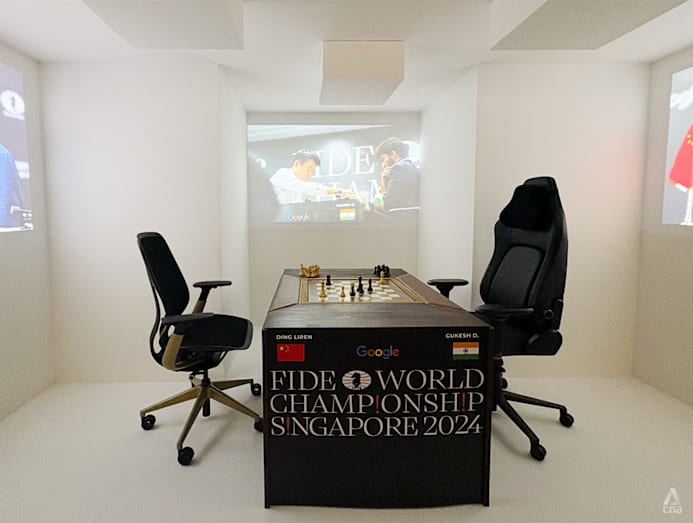
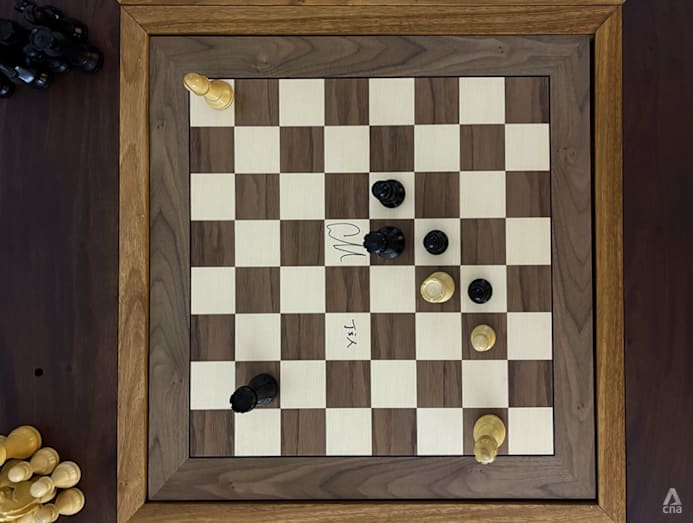
GAMES IN THE MODERN WORLD
These days, games have become much more complex. Artificial intelligence has turned them testbeds for human–machine interaction, from AlphaGo’s 2016 victory over South Korean champion Lee Sedol (who appeared in the second season of the Netflix reality show The Devil's Plan) to the use of SenseRobots in elite chess and Go training today.
Games have also evolved into professionalised competitions, with Singapore hosting milestones such as the 1st ING Cup finals in the 1980s – later inspiring the 2025 Korean film The Match starring Lee Byung-hun – and the FIDE World Chess Championship in 2024. At the exhibition, visitors can step into a recreation of the latter's official match arena from the first final between reigning champion Ding Liren of China and India’s Gukesh Dommaraju. (Spoiler alert: The 18-year-old Indian prodigy won.)
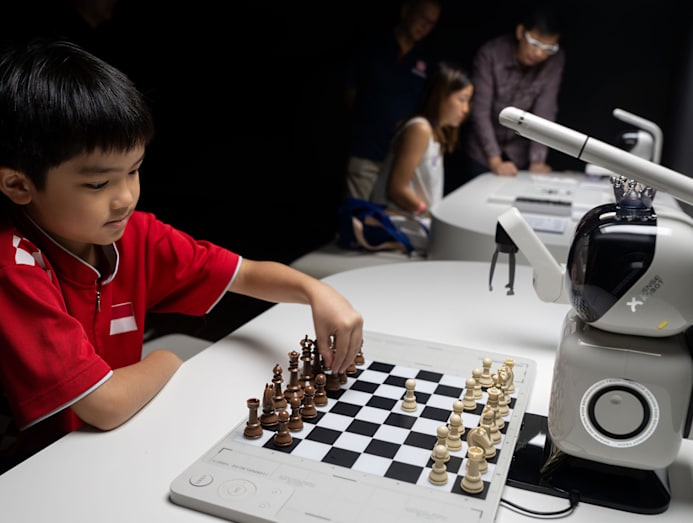

The exhibition also extends into the digital sphere with ACMverse, where visitors can download the Roblox app on their mobile phones and complete missions to unlock exclusive rewards when they play on-site.
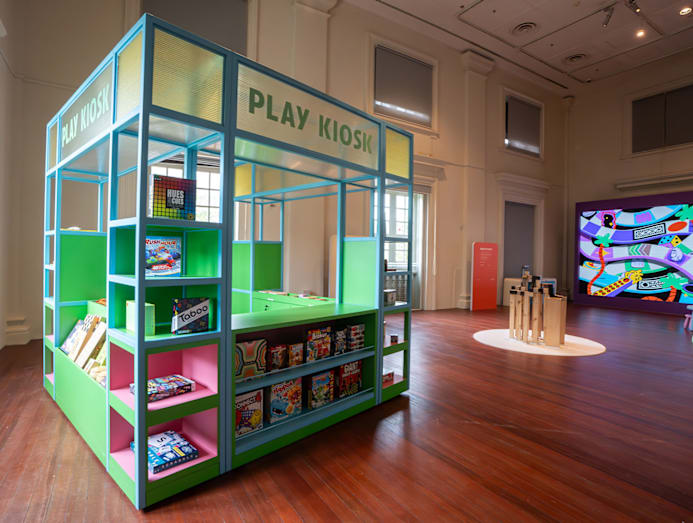
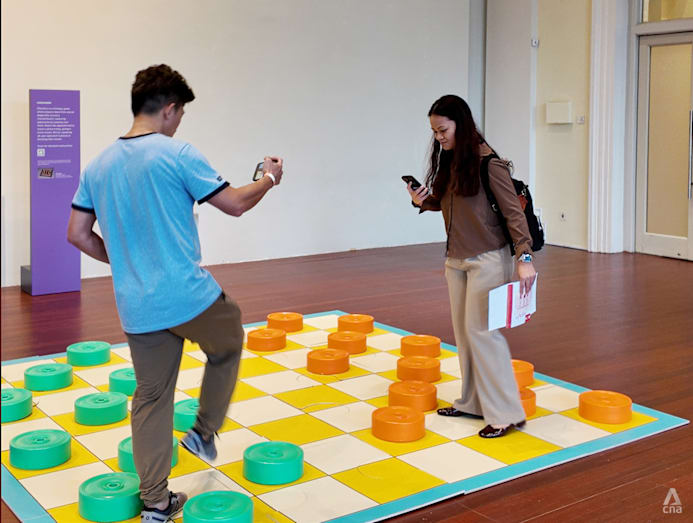
COMMUNAL PLAY AREA
Still want to play? There's another section where visitors can try life-size versions of classic games such as checkers and aeroplane chess. A Play Kiosk also features board games you can borrow and play, ranging from familiar titles like Connect Four, The Resistance and Monopoly, to locally designed favourites including Singaporean Dream and Hawker Wars. Another interactive zone lets visitors design their own game token and watch it come alive on a digital board.
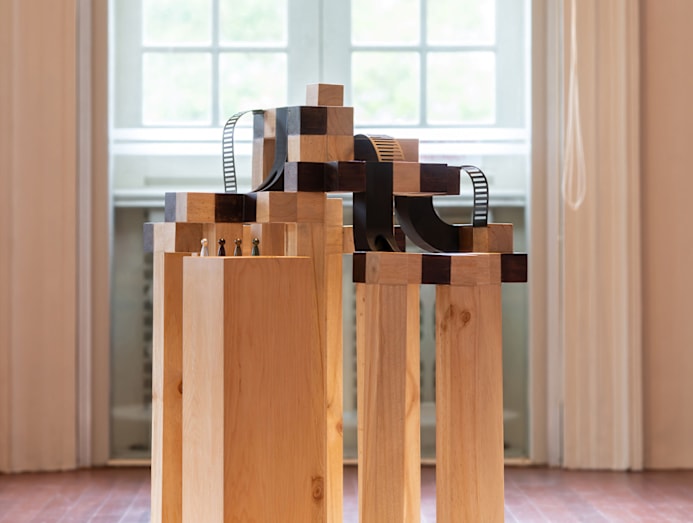

Artists have also contributed game-themed installation. Climbs & Slides by Singapore studio Forest & Whale reimagines Snakes And Ladders, while Checkmates! by artists Vendy Methodos and Osheen Siva, transforms the Singapore River promenade into a chessboard with oversized pieces.
Let’s Play! The Art and Design of Asian Games runs at ACM from Sep 5 to Jun 7, 2026. Tickets are priced at S$12 for Singaporeans and permanent residents, and S$25 for foreign residents and tourists. The exhibition is also eligible for SG Culture Pass credits.






